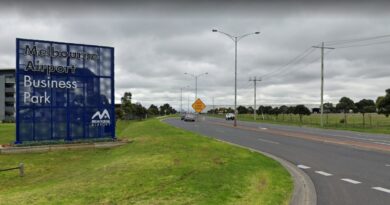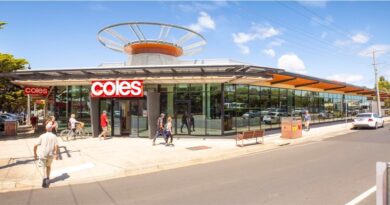Shopping Centre Owners Slow to Adopt Green Initiatives
Industry experts warn a new green rating tool which will measure the ecological impact of shopping centres, may not accelerate immediate change. Some are calling for legislative regulation to achieve ecologically sustainable development outcomes.
“Consumers at the moment do not differentiate between retail centres that are green, and those that are not,” said Stuart Fowler, director in charge of engineering group Norman Disney Young. “Retail tenants do not differentiate either because they must go to where the consumers are.”
The lack of pressure by both consumers and retailers, is resulting in few ecologically sustainable development outcomes from shopping centre owners, Mr Fowler says.
“Centre owners are acutely aware of the market drivers, and are hesitant to spend money on providing realistic ESD outcomes when the correlation between such a spend, and increased foot traffic is non-existent,” said Mr Fowler.
“It’s a situation where better regulation, rather than market pressure may be required to achieve better outcomes.”
This sentiment is shared by the Australian Retailers Association.
“Continual shopping centre extensions tend to mask the uptake of green initiatives by owners,” says Michael Lonie, tenancy director with the ARA. “Whilst the new sections may introduce some green aspects, there are question marks about whether the original and older parts of a shopping centre have been upgraded at all.
Mr Lonie says that investment in new air conditioning plants, energy efficient common area lighting and smart water and energy saving technologies, are required to boost the green credentials of a shopping centre.
Some of Victoria’s oldest centres include Chadstone, Highpoint, Forest Hill Chase and Westfield Doncaster, which were all first developed in the 1960s and 1970s, according to Mr Lonie.
“The priority for many shopping centre owners, particularly those that are listed, is to maximise the dollars a centre can generate in rent,” said Mr Lonie. “To maintain the asset value, they will need to charge costs to tenants, and shopping centre rents are already perceived to have gone as far as they can this cycle.”
Representatives from Coles and Safeway supermarkets, which anchor most shopping centres, said they do not discriminate against shopping centres that employ green initiatives because they control their fit-out, and adopt their own ESD practices. A Coles spokesman said it would be “inappropriate” to comment on the actions of shopping centre owners.
According to Mr Fowler, this lack of pressure by major tenants is resulting in very little change to the gluttonous retail sector.
The Green Building Council of Australia estimates that the retail sector consumes around a third of energy use of all commercial property, which is considered high.
Shopping Centre Council of Australia executive director Milton Cockburn says initiatives by the Green Building Council to implement a new rating system will highlight which centres perform better than others.
He said green credentials are now part of the public consciousness, and said pressure is being applied to all building owners for sustainability criteria.
“A number of newly developed shopping centres will in fact be equivalent of five star ratings in terms of sustainability,” said Mr Cockburn. “Shopping centres basically get redeveloped every ten years. It will be harder for owners to get away with not building green credentials into these renovations.”







